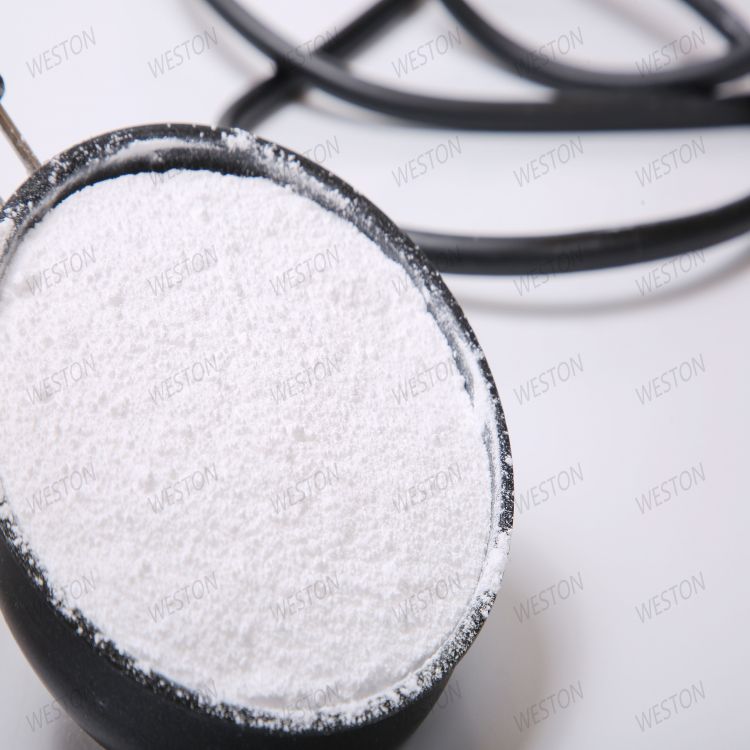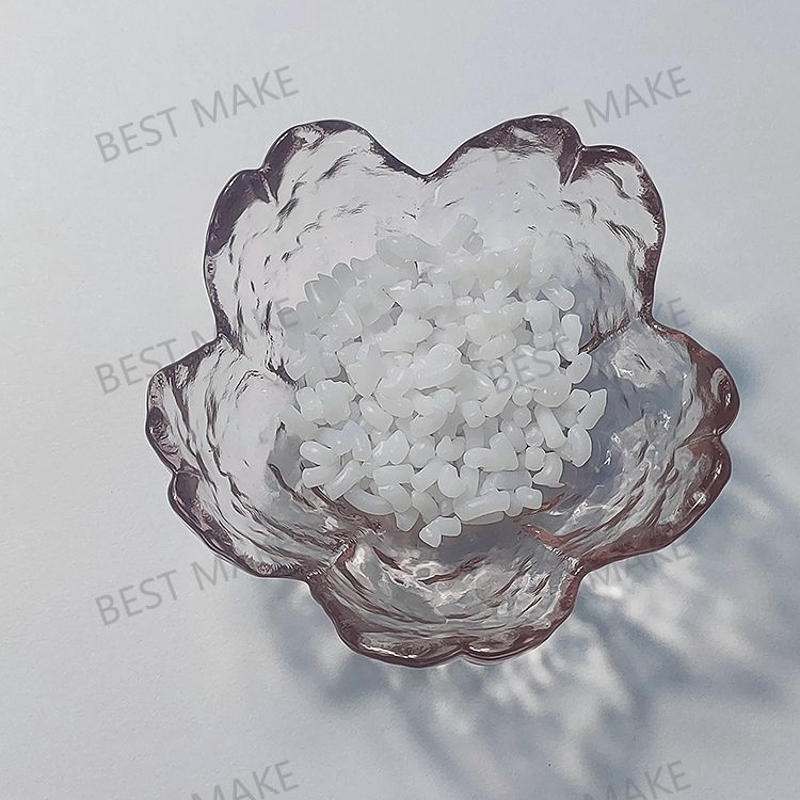-
Categories
-
Pharmaceutical Intermediates
-
Active Pharmaceutical Ingredients
-
Food Additives
- Industrial Coatings
- Agrochemicals
- Dyes and Pigments
- Surfactant
- Flavors and Fragrances
- Chemical Reagents
- Catalyst and Auxiliary
- Natural Products
- Inorganic Chemistry
-
Organic Chemistry
-
Biochemical Engineering
- Analytical Chemistry
- Cosmetic Ingredient
-
Pharmaceutical Intermediates
Promotion
ECHEMI Mall
Wholesale
Weekly Price
Exhibition
News
-
Trade Service
5.
(1) Find out allergens and avoid contact again
Once you find allergic symptoms, you should immediately find out the chemical that causes the allergy and stop contacting the chemical immediately (unless special quarantine measures are taken for this reason), because once you touch it again, the symptoms are often more serious than the previous one.
(2) Avoid misdiagnosis
There are many kinds of allergies.
(3) Strengthen preventive measures
In the field of chemical R&D and production, you may have to deal with various chemical substances that you don’t know very well every day.
Of course, we can't go to the other extreme and hold the negative concept of "everything is a soldier and fear everything" for all chemical substances.
However, it is necessary to maintain a state of alert at all times and take adequate personal protective measures
According to the intrusion path of sensitizing chemicals and the sensitization intensity of sensitizing chemicals, isolation protection can be divided into four levels, as shown in Table 19-4
Table 19-4 Isolation protection level
Latex or nitrile gloves commonly used in laboratories cannot fully resist the penetration of highly allergic substances.
From picking and sampling, feeding and reaction, to post-processing, utensil cleaning, waste disposal, etc.
(4) The difference between allergy, poison and corrosion
In chemical R&D and production, many kinds of chemicals are encountered and exposed every day
1.
Unless it is type I (rapid type), allergic reactions to chemical substances usually have a longer sensitization induction-sensitization provocation period, and symptoms often appear only after a few days or more than ten days after re-exposure
2.
Allergies are different from poisoning and corrosion, which can be identified by the victim's description of the victim's feelings (such as whether the skin feels itchy, pain, etc.
3.
Toxic effects are usually caused by ingestion or inhalation, which is unlikely to occur in a well-ventilated laboratory
.
Researchers often deal with violent drugs, but cases of poisoning in chemical laboratories are extremely rare
.
Corrosion is usually caused by direct contact and can be avoided as long as there are general protective measures
.
However, the probability and possibility of sensitization in a chemical laboratory is much greater than that of poisoning and corrosion
.
Chemical dust, liquid vapor, and gas may invade the human body through inhalation and cause allergies, or through the body surface skin.
Even if you wear general gloves, they may penetrate into the body and carry allergens to the body through blood circulation.
, Causing allergies in various parts of the body or body surface
.
4.
Clinical inspection analysis
Rummage combination of symptoms and the results of the analysis to find out the cause of the damage
.
5.
Photosensitivity
Certain chemical substances alone have no obvious damage to the skin, but if they are irradiated with light of a specific wavelength, they can cause severe local damage and even systemic reactions.
Such chemical substances are called photosensitizing substances
.
The mechanism of photosensitization has two main aspects: in one case, after the compound absorbs light of a specific wavelength (usually in the ultraviolet region of 250-320nm), the excitation enhances its primary irritation and burn effects on the skin, which is the so-called phototoxic reaction.
; Another situation is that after the compound absorbs light of a specific wavelength (generally 300-400nm), a chemical change occurs, and a new product with antigenicity (photoallergen) is formed, thereby forming a photoallergic disease
.
Through comprehensive understanding and analysis of the above-mentioned invasion time, affected site, invasion route and clinical examination, as well as the factor elimination method, it is basically possible to determine whether the damage is caused by allergic reaction, or the damage caused by poisoning or corrosion
.
In short, the mechanisms of allergy, poisoning and corrosion are different, so diagnosis and treatment are also different.
Only by finding out the real cause can the symptomatic treatment be done
.
Related Links: Awareness and Control of Allergenic Chemicals (3)







